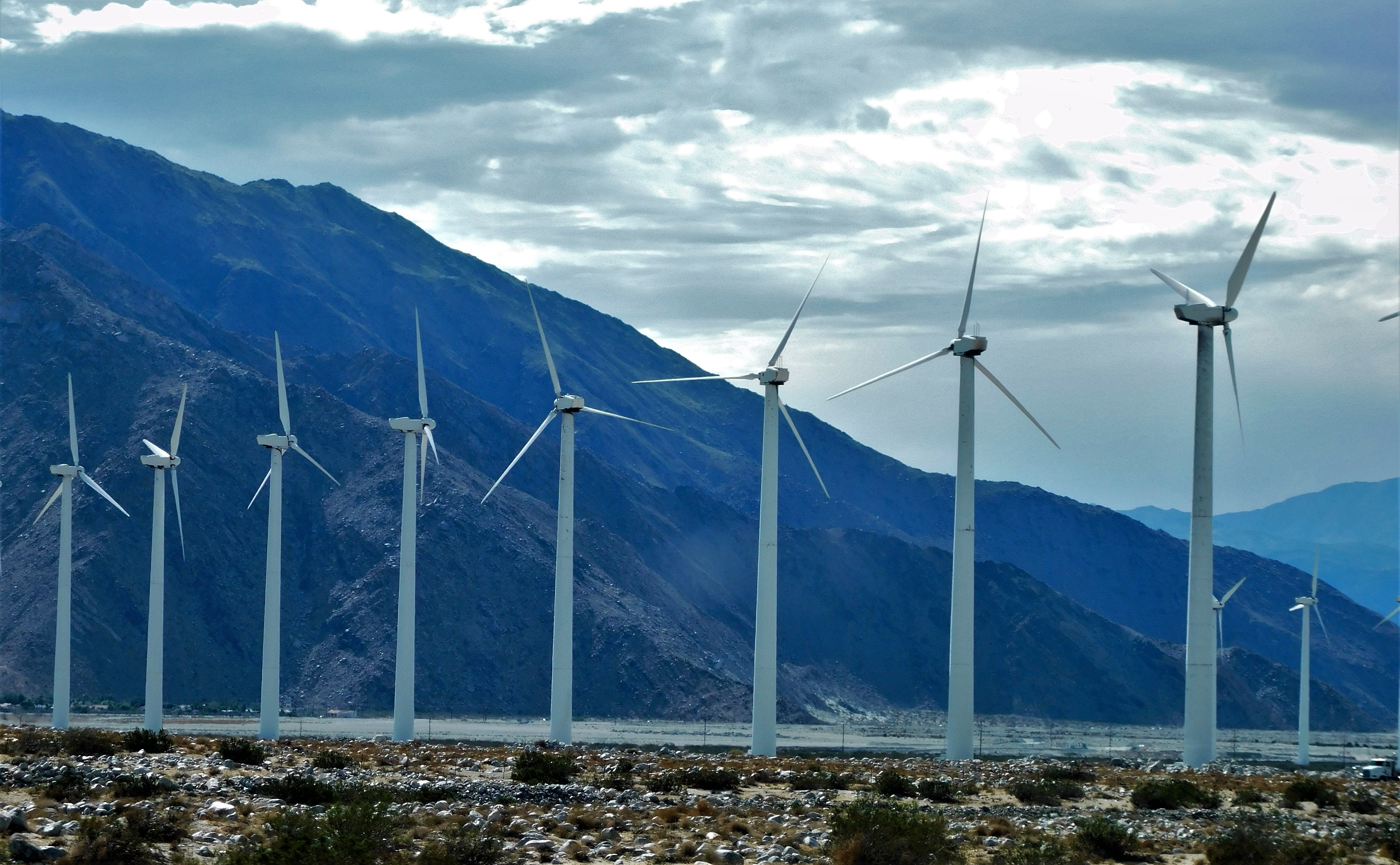Overcoming Grid Connection Challenges in the US Offshore Wind Industry
Published: 6.12.2023
The offshore wind industry is poised for exponential growth in the years to come, but it must confront several obstacles to unleash its full potential. Although significant progress has been made in recent years, the cost of offshore wind energy remains higher than that of onshore wind energy.
The US offshore wind project development pipeline has grown rapidly in recent years. By mid-2022, it had grown to more than 40 GW of potential generating capacity across 12 states. However, only 42 MW of capacity is currently operational, about 1 GW is under construction, and almost 19 GW is in the permitting phase. A further 20 GW is in the sitting and planning phases and will likely take many more years to develop.

The next few years could be critical for addressing challenges to unlock this growth. The US offshore wind industry is largely driven by state procurement policies. Nine states collectively aim to deploy about 45 GW of capacity by 2040, and others are considering joining them. Together, they could help realize the administration’s goal of deploying 30 GW of offshore wind capacity by 2030 and 15 GW of floating offshore wind capacity by 2035. Funding and tax incentives in the Infrastructure Investment and Jobs Act (IIJA) and the Investing in the Rail and Infrastructure for the Future Act (IRA) could further support these goals.
Furthermore, the offshore wind industry should address the challenges associated with grid connection. Offshore wind farms are frequently located far from the shoreline, presenting difficulties and expenses in connecting them to the power grid.
The offshore wind industry also confronts constraints within the supply chain, regulatory uncertainty, and public opposition. Nonetheless, substantial progress is being made to address these challenges, and the outlook for offshore wind is optimistic. With ongoing investment and innovation, the offshore wind industry possesses the potential to serve as a significant source of clean energy on a global scale.
There are a number of challenges that need to be addressed in order to unlock the full potential of the US offshore wind industry. These include:
Cost: The cost of offshore wind energy is still relatively high, compared to other forms of renewable energy. The industry is working to reduce costs through innovation and economies of scale.
Environmental impacts: Offshore wind farms can have a number of environmental impacts, including noise pollution, habitat destruction, and collisions with marine life. The industry is working to mitigate these impacts through research and development.
Grid connection: Offshore wind farms are often located far from shore, which can make it difficult and expensive to connect them to the grid. The industry is working on developing new technologies to address this challenge.
Despite these challenges, the US offshore wind industry is poised for rapid growth. With continued investment and innovation, the industry has the potential to play a major role in the US transition to a clean energy future.


.png)

